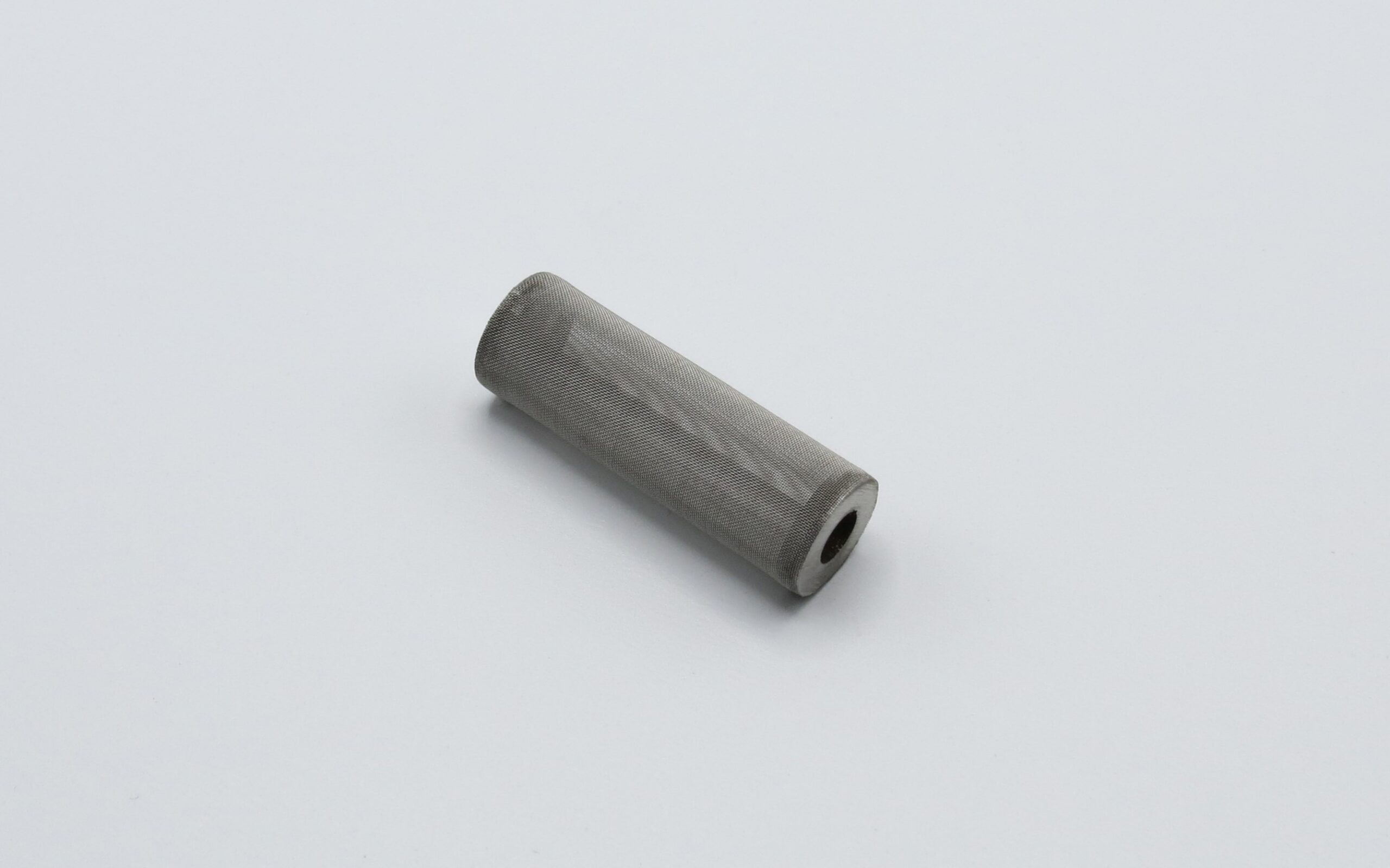Gas Tank Pickup Tube: The Unsung Hero (and Villain) of Your Fuel System
Ever run out of gas even though your gauge swore you had a few gallons left? Or maybe your car sputters and stalls when making a hard turn? The culprit might be lurking in the depths of your fuel tank: the humble, yet crucial, gas tank pickup tube. This often-overlooked component is the lifeline of your vehicle's fuel system, and understanding its function is key to a smooth, uninterrupted drive.
The fuel pickup tube, sometimes called the fuel pump strainer or fuel sock, is a small pipe, usually with a filter on the end, submerged in your gas tank. Its job is simple, but vital: draw fuel from the tank and deliver it to the fuel pump. Think of it as a straw in a milkshake, except instead of a sugary treat, it's supplying the lifeblood of your engine.
This seemingly simple device has a surprisingly rich history, evolving alongside the automobile itself. Early fuel systems were gravity-fed, but as engines became more powerful and fuel tanks moved from under the seat to the rear of the vehicle, a more efficient method of fuel delivery was needed. Enter the fuel pump and its trusty sidekick, the pickup tube. This dynamic duo revolutionized fuel delivery, enabling the development of more powerful and efficient engines.
The importance of a properly functioning fuel pickup assembly cannot be overstated. Without it, your engine starves, leading to sputtering, stalling, and ultimately, a complete breakdown. A clogged fuel filter sock, a cracked pickup tube, or a detached fuel line can all disrupt the fuel flow, leaving you stranded on the side of the road.
The fuel tank pickup tube is more than just a pipe; it's a critical component that ensures the smooth operation of your vehicle. Problems with the pickup can manifest in various ways, from intermittent sputtering to complete engine failure. Understanding the common issues and their solutions is essential for every car owner.
One common issue is a clogged fuel filter, often referred to as a fuel sock. This filter, located at the end of the fuel pickup tube, prevents debris from entering the fuel system. Over time, it can become clogged with sediment, rust, or other contaminants, restricting fuel flow. Replacing the fuel filter is a relatively simple and inexpensive fix.
Another potential problem is a cracked or damaged fuel pickup tube. This can occur due to age, corrosion, or impact. A cracked tube can leak fuel or allow air into the fuel system, leading to performance issues. In this case, the entire fuel pump assembly, including the pickup tube, often needs replacement.
A detached fuel line can also disrupt fuel delivery. This can be caused by vibration, wear and tear, or improper installation. If the fuel line becomes detached from the pickup tube, the fuel pump will be unable to draw fuel from the tank. Reconnecting or replacing the fuel line is usually necessary.
Advantages and Disadvantages of Different Pickup Tube Designs
| Feature | Standard Tube | Swirl Pot/Surge Tank System |
|---|---|---|
| Cost | Lower | Higher |
| Complexity | Simpler | More complex |
| Fuel Starvation Resistance | Lower | Higher |
FAQs
Q: How often should I replace my fuel filter?
A: Consult your vehicle's owner's manual. Generally, it's recommended every 20,000-30,000 miles.
Q: What are the signs of a clogged fuel filter?
A: Sputtering, hesitation, difficulty starting, and reduced fuel economy.
Q: Can I replace the fuel pickup tube myself?
A: It's a moderately difficult job. If you're mechanically inclined, you might be able to, but it often involves dropping the fuel tank.
Q: What is a fuel sock?
A: The filter on the end of the fuel pickup tube.
Q: What causes a fuel pickup tube to break?
A: Age, corrosion, impact, or faulty manufacturing.
Q: How can I prevent fuel pickup tube problems?
A: Regular maintenance, including fuel filter changes, and keeping your fuel tank clean.
Q: What should I do if I suspect a problem with my fuel pickup tube?
A: Consult a qualified mechanic.
Q: How much does it cost to replace a fuel pickup tube?
A: Varies depending on the vehicle and labor costs, but it can range from a few hundred to over a thousand dollars.
In conclusion, the gas tank pickup tube, though often hidden from sight, plays a crucial role in keeping your vehicle running smoothly. Understanding its function, potential problems, and maintenance requirements can save you from frustrating breakdowns and costly repairs. By staying informed and proactive, you can ensure that your fuel system remains in top condition, providing you with miles of trouble-free driving. Don't neglect this unsung hero of your fuel system. Regular maintenance and prompt attention to any issues can prevent costly repairs and keep you on the road.
Unlocking anime adventures your guide to unit tier lists
Behr creme de caramel a warm and inviting paint color
Decoding the ford e450 wheel bolt pattern your complete guide












